If you’re like me, you’re a little scared of your feelings. Scared because once a bad feeling gets ahold of you, you’re not fully sure how to get that feeling out of you.
Can you relate to this? If so, it might be because of your childhood trauma.
Oh no, not childhood trauma, you think. Do I have to go into my past again?
Well…Yes! But maybe not in the same old way. Let me explain.
What happens in childhood has long-lasting effects on us, leading to a pile-up of negative emotion that haunts us and affects our behavior now.
These emotions are variations of fear and anger. Fear and anger are two sides of the same coin, and that fear-anger coin is how mammal biology responds to overwhelming threats.
Nature wired us to respond to the situations we were in as children with fear-anger. We are calibrated to respond to bad situations with bad feelings.
Trauma is what we call it when the fear-anger doesn’t have a way to leave our system as nature intended, but instead gets stuck in us and becomes a chronic pattern.
There’s good news in that sentence: trauma isn’t the events themselves, it’s what’s in us, in our bodies.
Why is that good? Because we can let the trauma, the activation, out of us, if we can find the door. Whereas we can’t change external events that happened to us long ago, we can change our own insides, now.
The problem we face now is not so much the feelings themselves – which are normal and natural, just pent up within us – but in the fact that we never learned how to let these feelings subside.
So, yes, we need to revisit the past, specifically the felt-sense experience that our bodies had back then. But the revisiting of these feelings is only temporary, as a part of a process of letting these sensations move out of us for good.
Here are the steps for healing your childhood trauma:
Here is how to heal from childhood trauma step-by-step:
How to Heal from Childhood Trauma
Step 1:
Master the practice of generating feelings and sensations of safety in your body. The trauma response, also known as stress, is the opposite of safety. So look for the opposite of stress.
You can do this by activating the parasympathetic branch of your nervous system. Activities like breathwork, yoga, singing and chanting, gardening, cooking, time in nature, creative expression, hugs, and pets all help activate the parasympathetic system.
You might be happy to hear that the parasympathetic branch is what’s dominant in your body when you’re feeling good! So essentially, this step is: learn how to feel good and to sustain that state as best you can.
Here is an assignment you can do to help in taking this step: Write out one long description (1 page or more) of a time you can remember feeling really relaxed, safe, and good in your body and being. Read what you wrote and really focus on the feelings you have as you read. This is the type of experience you’re looking for (the clue is how you feel, not so much the details of the circumstances themselves).
Do this assignment again and again, until you have 12 pages of 12 different times when you felt safe and wonderful.
Step 2:
While maintaining the softest, safest state you can in general in your life, look out for those old trauma feelings when they show up, which they will on their own (a clue is: they feel bad to the body).
When the events come back to you in the form of bad feelings, do your best to let them just be there. Observe them, knowing they are temporary, and that they will exit if you manage to stay relaxed. Open the door for them, and they will go. Your job is mainly to notice them and not react to them.
Step 3:
Witness your trauma feelings as they exit your system. Allow the body to do whatever it wants to naturally do (within the bounds of safety) as these energies exit. Typical are trembling, shaking, moving, wanting to do something vigorous like a brisk walk or suddenly needing to run or do something energetic. Do pretend karate moves or real karate. Get physical. The trauma leaves through spontaneous physical release.
This is a simple explanation of a complex topic. In truth, it is enormously helpful to work with a trauma-informed healer of some kind. But I want you to know that trauma healing is not rocket science. It’s actually biology 101. Make it safe for your body, and your body will do it for you.

